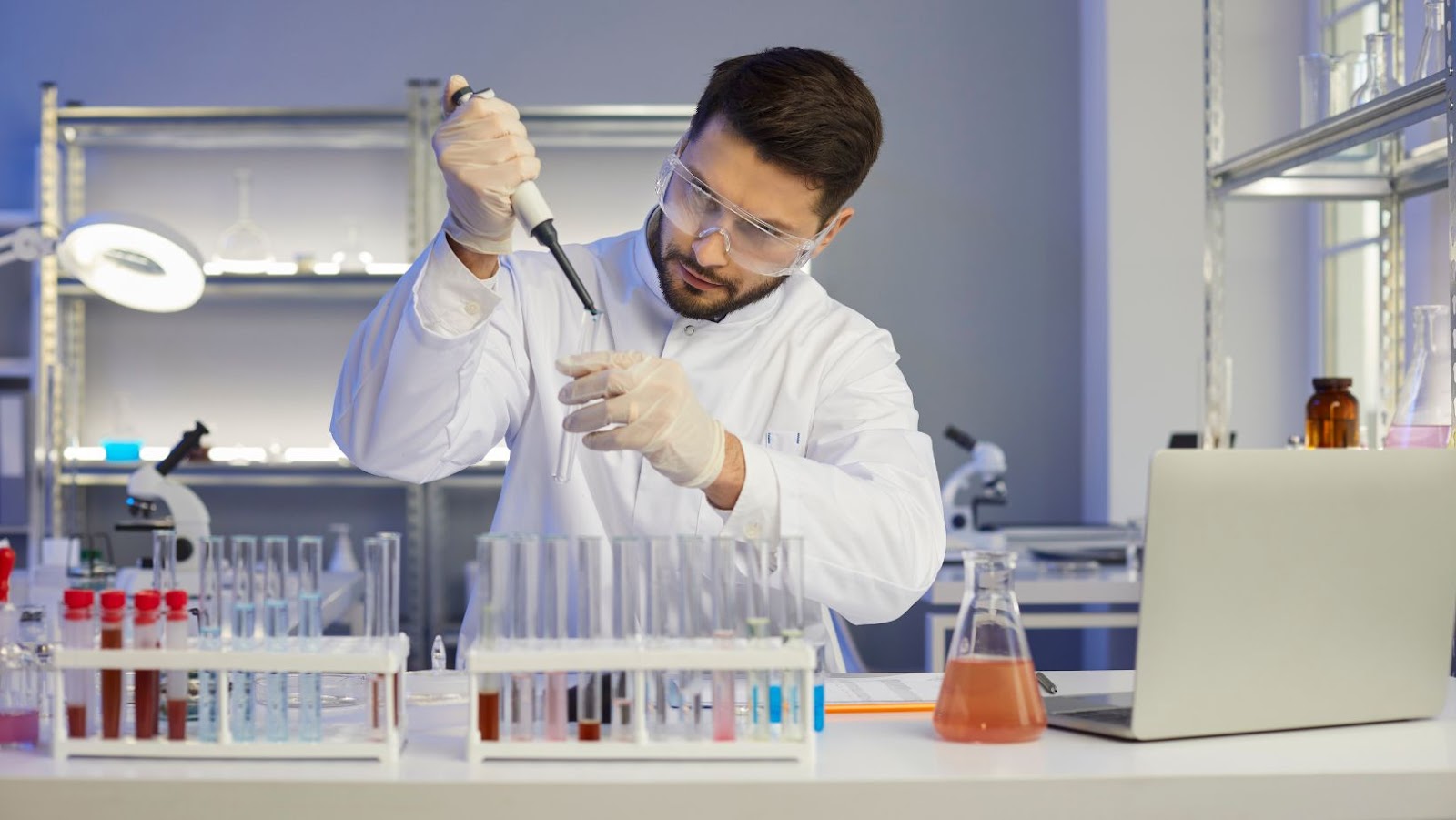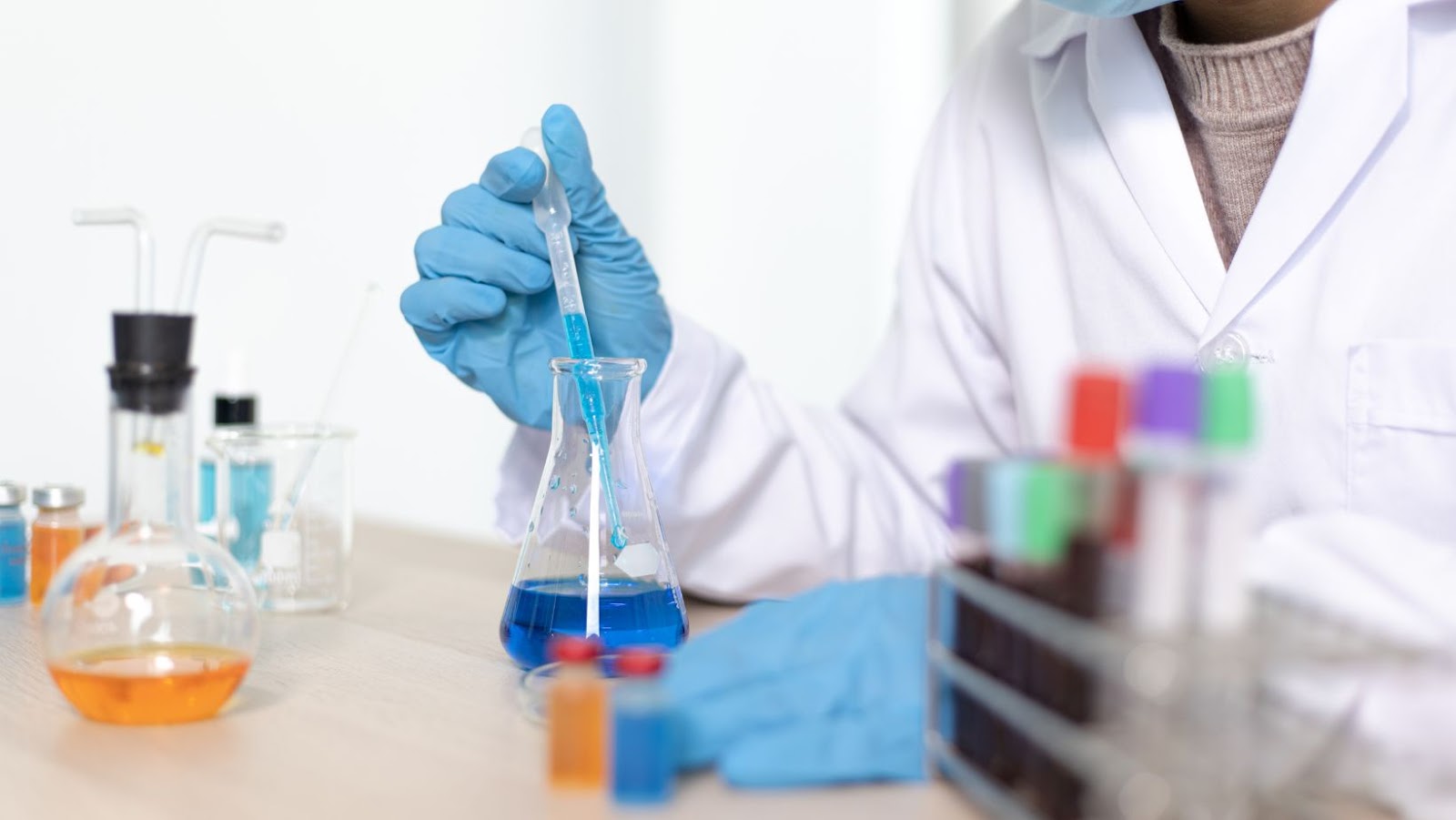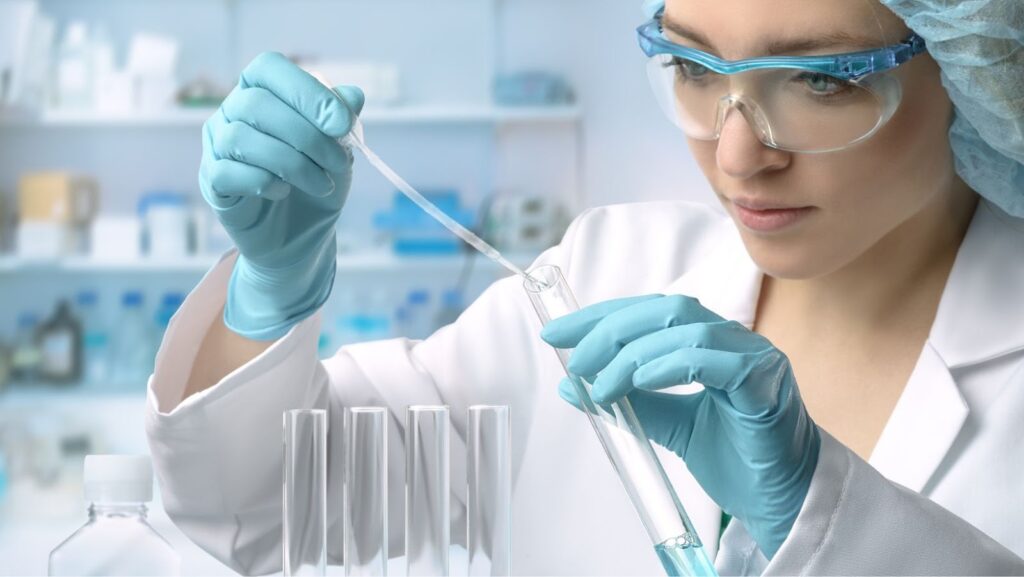Are you confused about traditional Chinese medicine or clinical pharmacology?
Read our article to discover how these two approaches compare and find the best treatment for your needs. With evidence-based insights, you’ll better understand the world of healthcare.
Introduction
Traditional Chinese Medicine (TCM) is an ancient system of healing that dates back over 5,000 years. It is based on the idea that our energy balance influences physical and emotional wellbeing. This energy, which is both Yin and Yang, flows through the channels (meridians) of the body and maintains its natural equilibrium. However, imbalances in this flow cause physical illnesses or disharmonies, which TCM attempts to restore with dietary changes, herbs and acupuncture.
Clinical pharmacology is a branch of medicine concerned with understanding how drugs treat different medical conditions and their potential side effects. It looks at how the body metabolizes drugs, how they interact with other substances and the possible mechanisms of action. Clinical trials are conducted to establish drug efficacy and safety before being released for general healthcare use.
This paper compares traditional Chinese medicine practices to clinical pharmacology focusing on their methods for diagnosing illness; use of herbal medicines; utilization of acupuncture; risks associated with treatment; patient-practitioner interactions; and evidence-based practices. It also examines how research into traditional Chinese medicine may inform modern clinical practice and vice versa to provide improved patient care.
History of Traditional Chinese Medicine
Traditional Chinese medicine (TCM) has a long and traditional history of use in many Eastern cultures since antiquity. Its roots can be traced back to the Han Dynasty (206 BCE-220 CE), when texts on herbal medicine were written and acupuncture began to develop.
It is based on the Yin-Yang philosophy, which holds that physical and mental health results from balance within one’s environment. TCM treatments aim to restore balance between yin (the cold, dark side) and yang (the hot, light side). To achieve this, practitioners use herbal remedies, acupuncture, diet therapy, and lifestyle modification.
According to TCM theory, health is also dependent upon maintaining harmony with nature and promoting an awareness of the body’s energetic pathways referred to as meridians or channels. Therefore, TCM often seeks to treat the root cause rather than merely the condition’s symptoms.
Overview of Clinical Pharmacology
Clinical pharmacology is the scientific discipline that combines basic science with the clinical practice of medicine. It studies the interactions of drugs and biological systems, including their absorption, action, metabolism and disposition. In other words, this field examines how drugs interact with the body and how they produce biochemical or physiological effects.
To achieve this goal, clinical pharmacologists rely on various laboratory tools and animal models to evaluate drug responses. Clinical pharmacology also considers factors such as age, genetic makeup and concomitant therapies that may affect drug response. As a result of these studies, new drug therapies can be developed more precisely to improve patient safety and efficacy.
Traditional Chinese Medicine and Clinical Pharmacology
Even though Traditional Chinese Medicine (TCM) and clinical pharmacology share many similarities, they have important differences. The fundamental premise of TCM is that the human body comprises yin and yang forces that must remain in balance for proper health and wellness.
TCM relies on using herbs and other natural substances to restore balance to the body by influencing qi or life energy. Often, this involves finding synergistic combinations of herbs and spices to address a particular condition. Herbal formulas can be tailored to a person’s individual needs based on a comprehensive assessment using traditional diagnostics such as pulse-taking, tongue reading, and observation of facial features. Treatment usually consists of a variety of therapies like acupuncture, acupressure, exercise therapy (Tai Chi or Qi Gong), dietary advice, breathwork exercises (Xin Yi), massage (Tui Na), or moxibustion treatment.
In contrast, clinical pharmacology treats diseases mainly using drug administration in pill- or injection-form. The focus is on controlling specific symptoms through manipulating biochemistry pathways enabled by pharmaceuticals with few attempts at holistic treatment optimization via nutrition modification or lifestyle change. Although less individualized than TCM therapies, the science behind pharmacology provides greater certainty regarding results as evidenced by consistent outcomes in scientific studies that buy into evidence-based medicine research frameworks such as systematic reviews developed using Cochrane methodology.

Similarities between Traditional Chinese Medicine and Clinical Pharmacology
The practice of traditional Chinese medicine (TCM) has a long history and has gained increased global awareness in recent years. Though initially viewed skeptically by the scientific community, TCM has gradually become accepted as a viable medical therapy. There are now numerous international conferences and publications devoted to the subject. In recent years, studies have shown that many theories, methods, and practices developed as part of TCM are similar to those used in clinical pharmacology.
One notable similarity is that both disciplines are based on the idea that diagnosis, treatment and prevention should be focused on balancing biological systems. In TCM this is known as the concept of Yin-Yang equilibrium and involves identifying disharmonies between opposing forces within the body (Yin-Yang) using physical examinations or sensory input such as sound or visual. Similarly, clinical pharmacology seeks to balance biological systems using drugs that act to modify specific physiological effects or restore homeostasis when disruption occurs.
Another key similarity is associated with individualized care – an integral part of TCM and clinical pharmacology. In TCM, patient assessment is based on symptoms derived from questioning techniques such as tongue observations and pulse analysis. In contrast, patient evaluation in clinical pharmacology incorporates use of lab test results to diagnose conditions or monitor drug effects. This individualized approach enables treatment to be tailored towards each person’s unique needs by adding or removing various therapies according to their response or circumstances.
Additionally, both disciplines emphasize preventive measures to maintain health, reduce risk for illness occurrence and provide guidance for early detection so that problems can be minimized before they cause significant damage. Traditional Chinese medicine has several approaches, including herbs and herbal regimens. In clinical medicine prevention, prevention focuses on lifestyle changes such as diet modification or exercise programs.
Benefits of Traditional Chinese Medicine
Traditional Chinese Medicine (TCM) is a comprehensive medical system derived from ancient Chinese philosophy. The system includes philosophical concepts, preventive medicine, diagnosis methods, treatment modalities and medications. It has been practiced in China for over 2,000 years, becoming an integral part of its cultural heritage.
There are many benefits to incorporating TCM into patient care; here are some of its key components:
- It takes a holistic approach towards treating illnesses and utilizes multiple strategies to achieve the best health outcome for the patient.
- Herbal medicines have been used for centuries in the East and can effectively treat many common ailments without unwanted side-effects.
- The underlying concept of TCM is to return balance to an individual, rather than just providing symptomatic relief of a condition.
- TCM practitioners focus on prevention through lifestyle modifications such as diet and exercise rather than only providing diagnosis and treatment when symptoms occur.
- TCM is safe and cost-effective; it uses natural substances absorbed from soil and vegetables instead of synthetic chemicals from petroleum products or industrial byproducts like most modern medicines. Studies have also shown that patients better tolerate traditional botanical remedies since they contain fewer toxic elements than chemically formulated medications.
- Finally, TCM recognizes that each individual has unique physical features and needs; it focuses on customizing treatment protocols instead of following a standard protocol like most modern pharmaceutical treatments.

Benefits of Clinical Pharmacology
Clinical pharmacology offers several benefits when compared to traditional Chinese medicine. In contrast to traditional Chinese medicines, largely empirically derived from traditional herb or animal sources, modern clinical pharmacology focuses on advanced analytical techniques to identify and understand the active ingredients in the medicines being developed. By understanding the physiological mechanisms and biochemical pathways involved, scientific studies can point out how different drugs interact, identifying any side effects or dangerous interactions before they become an issue.
Clinical pharmacology also has several advantages that can contribute to lower healthcare costs. As it is based in science and analytical methods, clinical pharmacology allows medicine developers to understand what works best for a certain patient population or disease type. This leads to significantly faster development times than using traditional herbal medications as well as helping healthcare providers identify what will be most effective for their patients without having to test multiple options first. Additionally, this approach allows drugs and treatments to be customized according to individual patient needs rather than relying on generalized medications which may not have full effectiveness in some cases. Finally, clinical pharmacology works with other technologies such as artificial intelligence (AI), improving drug effectiveness while lowering its cost.
Conclusion
The conclusion of this comparison of Traditional Chinese Medicine and clinical pharmacology is that although both medical approaches have strengths and weaknesses, they can complement each other when treating patients. TCM is based on centuries-old empirical knowledge and has long-used safe and effective treatments. Clinical pharmacology, on the other hand, draws on scientific knowledge to develop precise therapies for specific illnesses. As a result, both offer advantages in their use for patient care.
However, it is important to note that TCM does not necessarily replace the need for conventional medicine or pharmaceuticals. Rather, integrating these two approaches may be the most beneficial approach for treating a patient’s needs. By combining the strengths of Traditional Chinese Medicine and clinical pharmacology, doctors can provide safe and effective treatment plans tailored to their patient’s needs and preferences.



More Stories
The Role of Licensing Agreements in Slot Game Production
The Role of User Interface Design in Slot Game Accessibility
Google Ads and Facebook Ads: Maximising Profit on Ad Spend